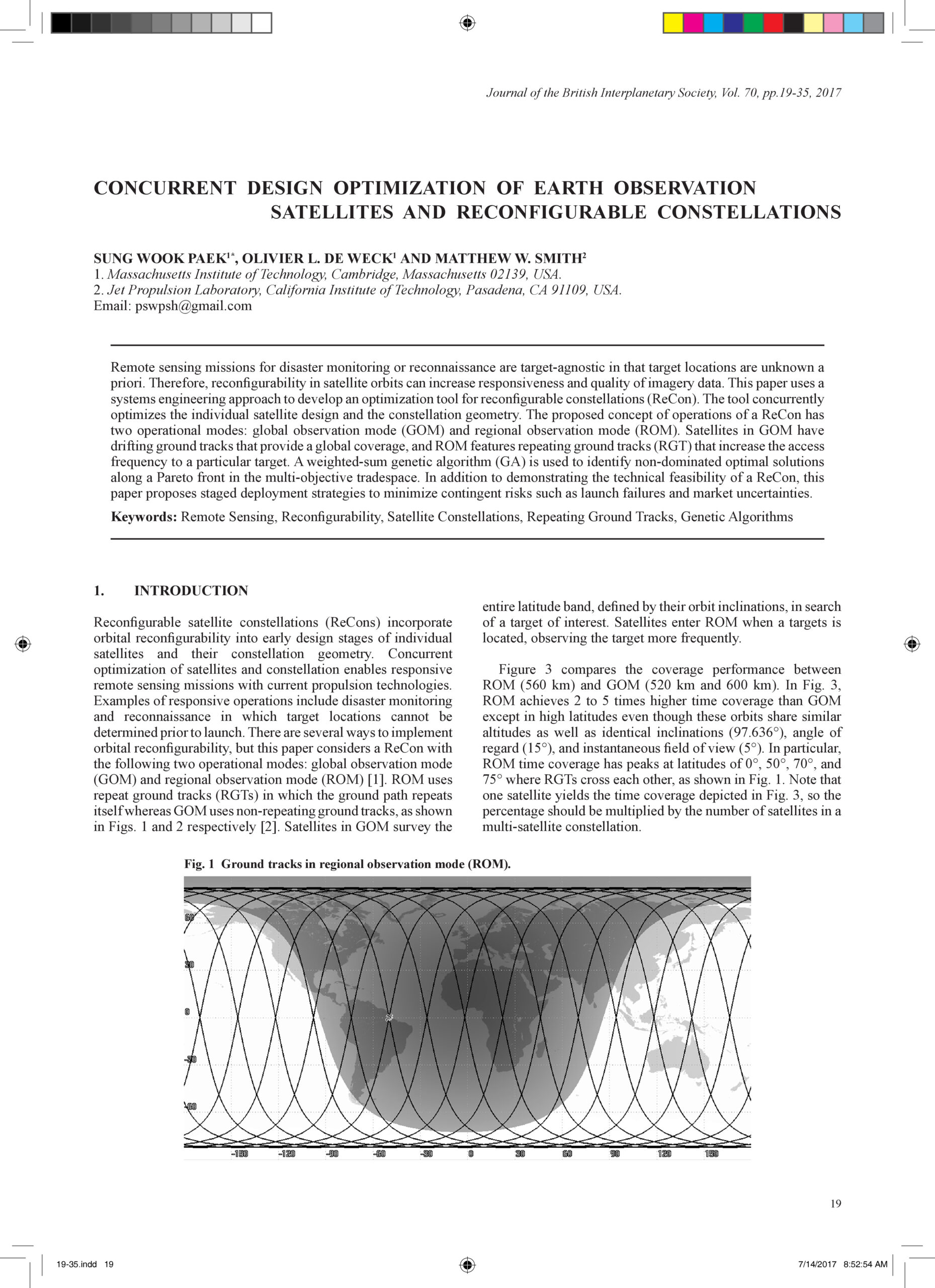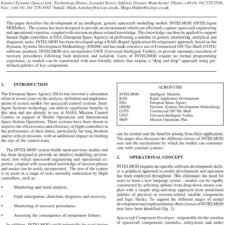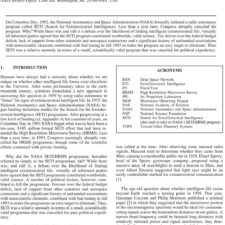Concurrent Design Optimization of Earth Observation Satellites and Reconfigurable Constellations
£5.00
S. W. Paek et al. (2017), JBIS, 70, pp.19-35
Refcode: 2017.70.19
Abstract:
Remote sensing missions for disaster monitoring or reconnaissance are target-agnostic in that target locations are unknown a priori. Therefore, reconfigurability in satellite orbits can increase responsiveness and quality of imagery data. This paper uses a systems engineering approach to develop an optimization tool for reconfigurable constellations (ReCon). The tool concurrently optimizes the individual satellite design and the constellation geometry. The proposed concept of operations of a ReCon has two operational modes: global observation mode (GOM) and regional observation mode (ROM). Satellites in GOM have drifting ground tracks that provide a global coverage, and ROM features repeating ground tracks (RGT) that increase the access frequency to a particular target. A weighted-sum genetic algorithm (GA) is used to identify non-dominated optimal solutions along a Pareto front in the multi-objective trade space. In addition to demonstrating the technical feasibility of a ReCon, this paper proposes staged deployment strategies to minimize contingent risks such as launch failures and market uncertainties.





